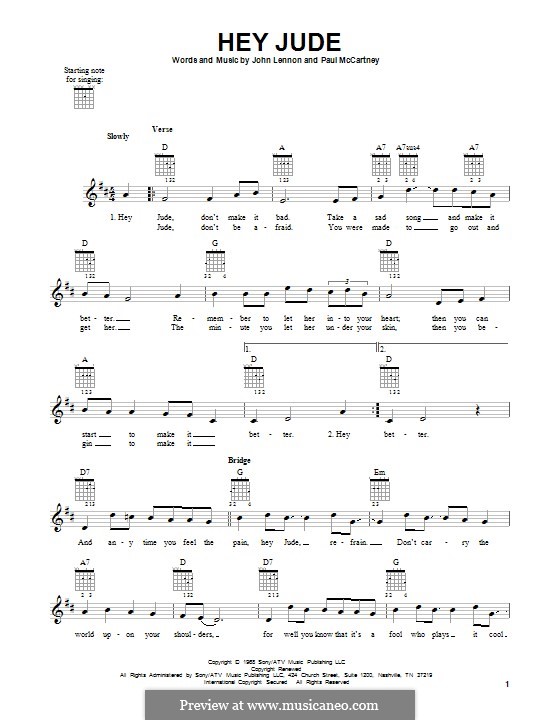

"Norwegian Wood" is also recognised as a key work in the early evolution of world music. Many other rock and pop artists, including the Byrds, the Rolling Stones and Donovan, began integrating elements of the genre into their musical approach. The song also helped elevate Ravi Shankar and Indian classical music to mainstream popularity in the West. "Norwegian Wood" was influential in the development of raga rock and psychedelic rock during the mid 1960s. When recording the track, Harrison chose to add a sitar part after becoming interested in the instrument's exotic sound while on the set of the Beatles' film Help!, in early 1965. Lennon wrote the song as a veiled account of an extramarital affair he had in London. The song was a number 1 hit in Australia when released on a single there in 1966, coupled with " Nowhere Man". The track features a sitar part, played by lead guitarist George Harrison, that marked the first appearance of the Indian string instrument on a Western rock recording. Influenced by the introspective lyrics of Bob Dylan, the song is considered a milestone in the Beatles' development as songwriters. It was written mainly by John Lennon and credited to the Lennon–McCartney songwriting partnership. The single was an immediate hit, nominated for several Grammy awards in ’69, and spent nine weeks at the top of the charts in the United States (the longest for a Beatles single)." Norwegian Wood (This Bird Has Flown)" is a song by the English rock band the Beatles from their 1965 album Rubber Soul. The original recording features ten violins, three violas, three cellos, two flutes, one contra bassoon, one bassoon, two clarinets, one contrabass clarinet, four trumpets, four trombones, two horns, percussion, and two string basses. The song was composed for a huge orchestra. The song's original title was Hey Jules since John Lennon’s son’s name is Julian. The song was written by Paul McCartney to John Lennon’s son to comfort him while his parents were getting a divorce due to John Lennon’s affair with Yoko Ono. Hey Jude was released as a single by The Beatles in 1968. If you're not that comfortable with barre chords yet, you may find this song harder than our other beginner guitar lessons, so you might want to check out some more of our easy guitar songs.

It’s not a difficult song once you get used to the chords, and as you know, being able to play bar chords well is a must if you want to become a good guitarist.

Hey jude chords ultimate guitar how to#
It’ll improve your rhythm and timing as well.Īl in all, learning how to play Hey Jude on your guitar will improve your strumming skills, and give you a chance to practice bar chords and chord changes. Lots of songs use accented strumming, so practice it a lot. You’ll also be learning the strumming pattern of the song, which will allow you to practice accented strumming, which is a style of strumming where every given beat, you’ll strum the given chord harder, thereby creating a nice rhythm. You’ll be learning both E and A-shaped bar chords, and you’ll also be practicing changing in between them, which is a very important guitar skill. The lesson is based on barre chords, so if you are looking to practice them then this is a terrific lesson for you. This means that playing it on the guitar will not give the original sound, but in my opinion, this guitar lesson will show you a pretty good cover of the song. Hey Jude is a great song, that originally had a 36 piece orchestra for the song's refrain. With our guitar tutorial on Hey Jude, you will learn these guitar skills:


 0 kommentar(er)
0 kommentar(er)
